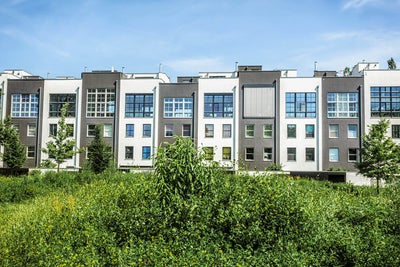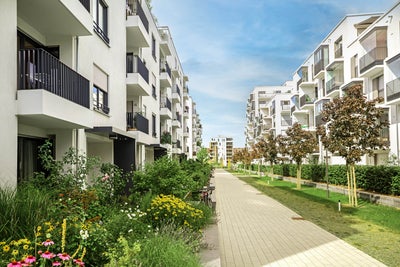
Reduce your carbon footprint, build a sustainable future, and enhance your property's image. Our SmartTech solutions offer innovative ways to manage your environmental impact effectively.
By reducing your carbon footprint and implementing sustainable practices you can save money on utility bills while creating a healthier and more comfortable living environment.
Our services are designed to make green living simple and achievable, with easy-to-implement solutions that make a big impact.
With our comprehensive eco-friendly services, you can take a step towards a sustainable future by efficiently managing your billing and utility expenses. With ista's support, you can have peace of mind and focus on other important aspects of property management.


Save time and money with remote metering and transparent water billing solutions.

Advanced technologies for reliable utility tracking and management.
With our digital services, you can benefit from our experience and expertise in energy management, ensuring your properties are optimised for energy efficiency and cost savings. Our customised approach takes into account the unique needs of each property, ensuring optimal results.



Our digital solutions are designed to help our clients reduce their environmental impact, improve health and safety in their buildings, and reduce energy costs.

